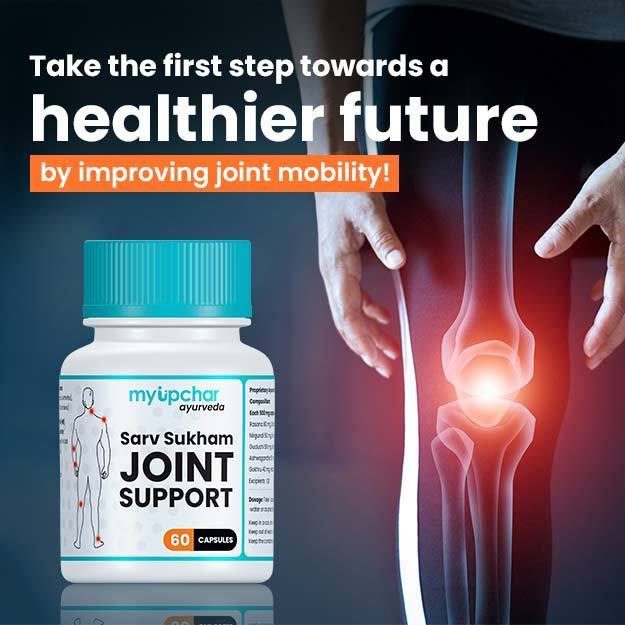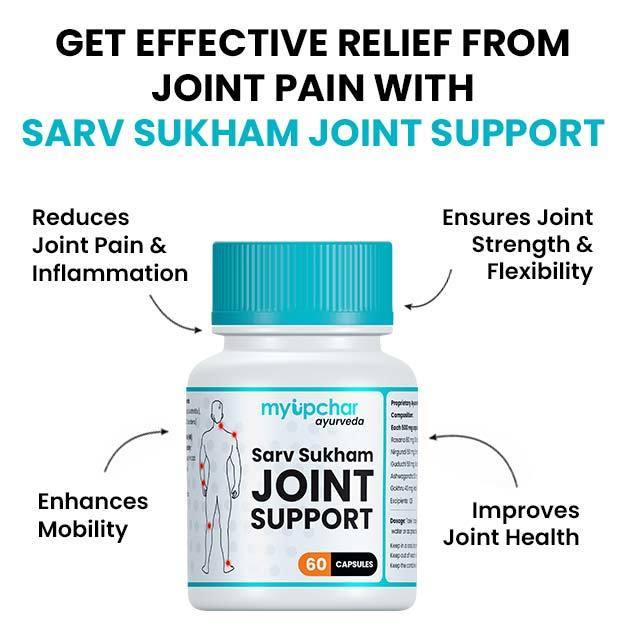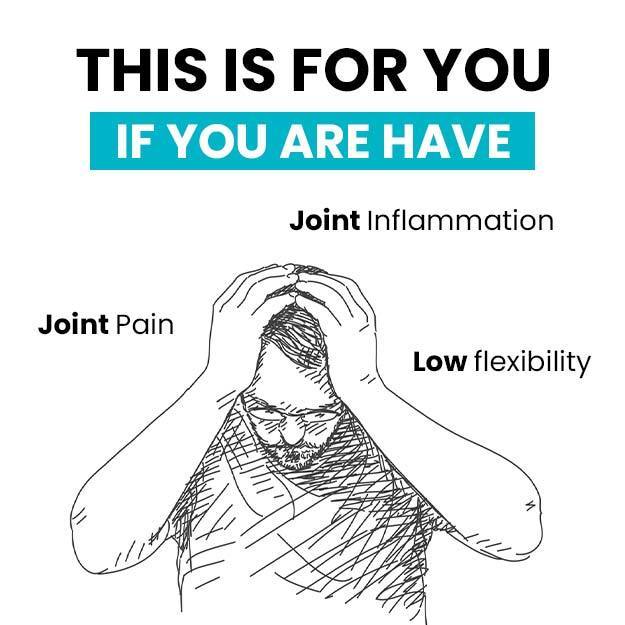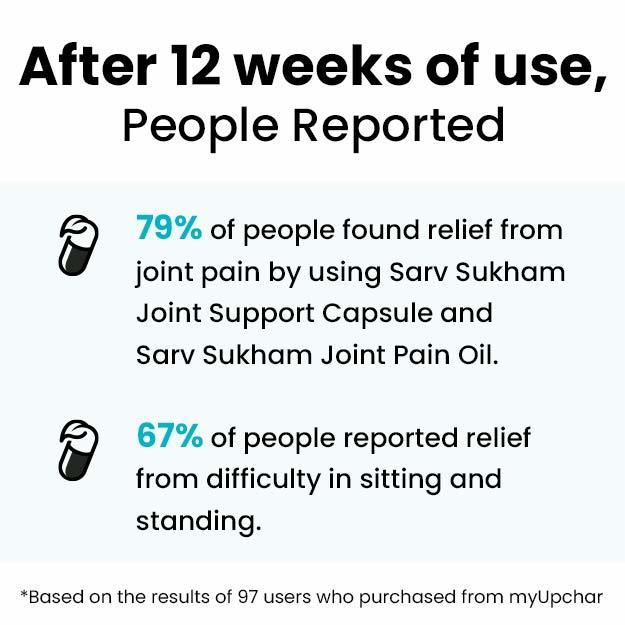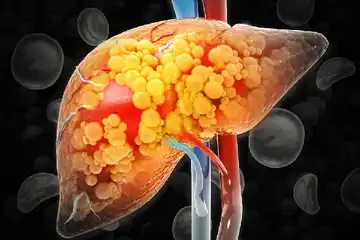A joint is a connection between two bones in the body. Our joints are responsible for giving our body structure and for allowing a whole range of movements. The joints of the body can be divided into structural joints and functional joints.
- Structural joints: These are further divided into three types of joints, on the basis of their structure:
- Fibrous joints: These joints are not flexible at all and are found in bones such as the upper jaw, rib cage, backbone, and pelvic bone.
- Cartilaginous joints: These joints are partially flexible and are majorly seen in childhood between two bones that help in the growth of the body.
- Synovial joints: These joints are present in most of the body. They help us perform a wide range of activities such as walking, running and even typing. Synovial joints are present in the wrist, knee, neck and shoulder. The temporomandibular joint is also a synovial joint.
- Functional joints: These are further divided into six kinds of joints, based on the type and degree of movement they allow:
- Pivot joint: This type of joint allows sideways and back-and-forth movement. For instance, a pivotal joint is present in the neck.
- Hinge joint: Hinge joints are like door hinges - they provide only back and forth movement. Hinge joints are present in the ankle, elbows, temporomandibular joint and knee joints.
- Saddle joint: Saddle joint allows two movements, bending and straightening of the joint and abduction/adduction of the joint (moving towards and away from the midpoint of the body, respectively). The thumb is the only bone in the body that has a saddle joint.
- Gliding joint: Gliding joints are the most common type of synovial joint as they allow two or more round or flat bones to move freely together without rubbing or crushing each other. A gliding joint is seen between the lower leg and the ankle and also between the forearm and wrist.
- Ball and socket joint: In this joint, as the name suggests, the round head of one bone sits into the hollow space of another bone to provide the rotatory movement. Shoulders are a classic example of a ball and socket joint.
- Condyloid joint: Condyloid joints allow up-down and side-to-side motions. The condyloid joints are found at the base of the index finger, elbow and the wrist.
The temporomandibular joint (TMJ) is the most used joint in the body. The temporomandibular joint works when you talk, eat, even open and close your mouth. The TMJ is the joint between the temporal bone, present at the base of the skull, and the condylar head (ball-shaped head) of the mandible (lower jaw bone). A disc, known as the articulating disc, is present between both the bones, which helps in easy movement of the two bones.
There are four muscles present on each side of the face (masseter, temporalis, lateral pterygoid and medial pterygoid) which are known as the muscles of mastication (chewing) as they help in chewing the food by opening and closing the mouth. The entire TMJ is surrounded by a layer of fibrous tissue which forms a capsule around the joint.
You can feel the temporomandibular joint by placing both the index fingers in front of each ear opening, basically in front of the tragus (pointed mountain-like structure in the outer surface of the ear) and continuously open and close the mouth.
The temporomandibular joint disorder (TMD) are the ones which hamper the ability of the jaw to open, close or chew food along with pain and inflammation around the joint. Here in this article, we will talk about all the temporomandibular disorders which can affect the motion of the temporomandibular joint and the treatments to resolve it.

 Doctors for Temporomandibular Joint Disorders
Doctors for Temporomandibular Joint Disorders 



